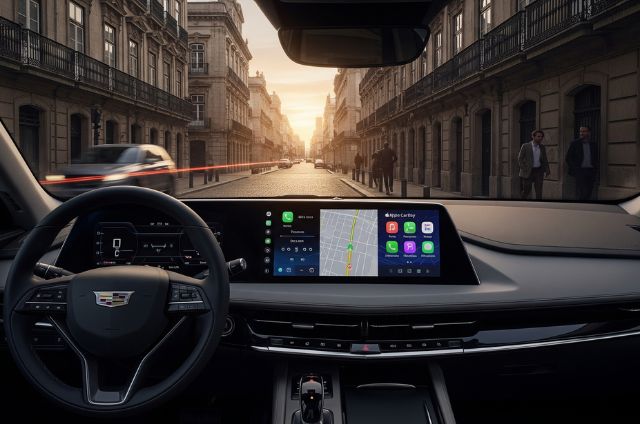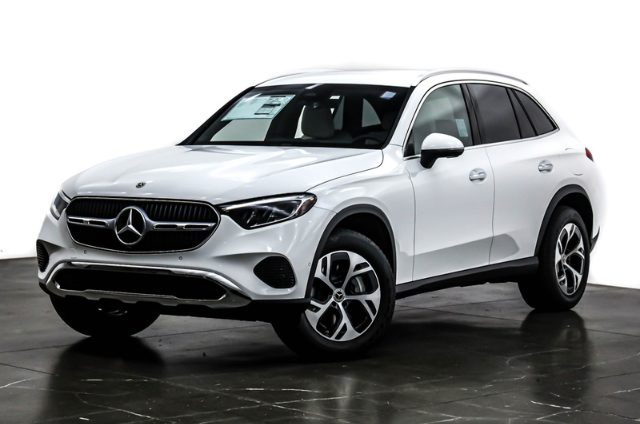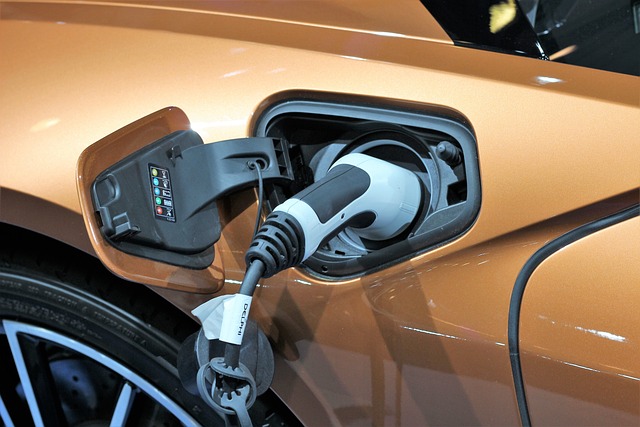U.S. Drivers Lose Familiar Connectivity
If you’re an EV buyer in the U.S., don’t expect to see Apple CarPlay or Android Auto in future Cadillacs. GM is phasing out these popular features across its electric lineup in favor of a proprietary Google-based infotainment system. The company claims this change will allow for tighter integration, more control, and the ability to roll out paid upgrades.
But outside the U.S.? It’s a different story entirely.
International Drivers Get More
In Australia and New Zealand, Cadillac is keeping both CarPlay and Android Auto in its upcoming EVs. Models like the Lyriq, Lyriq-V, Optiq, and Vistiq will offer wireless smartphone projection alongside Google’s built-in services.
This means overseas drivers get the full experience—Apple and Android integration, plus Google Maps, Assistant, and over-the-air (OTA) updates. Meanwhile, U.S. drivers will rely solely on GM’s in-house system starting with newer EVs.
Smart Features Still Come Standard
Cadillac’s new Connected Services platform will launch globally, offering a robust suite of features. Through a new mobile app, drivers can monitor battery levels, precondition the cabin, and run diagnostics remotely.
Starting with the 2026 Lyriq, all buyers will receive an eight-year subscription to this new system. Those who already purchased a Lyriq will be eligible for a free upgrade at certified service centers.
Cadillac’s EV Lineup Grows
Cadillac’s global EV expansion is picking up speed. Along with the Lyriq, the Optiq will target entry-level buyers, while the three-row Vistiq caters to families. The Lyriq-V is expected to offer more performance for enthusiasts.
All of these models will support Cadillac Connected Services—yet only international buyers will keep full smartphone integration.
In an age where seamless phone connectivity is expected, GM’s regional strategy may frustrate American consumers. As the brand bets on its own software, one question lingers: are U.S. drivers being asked to sacrifice convenience for corporate control?



